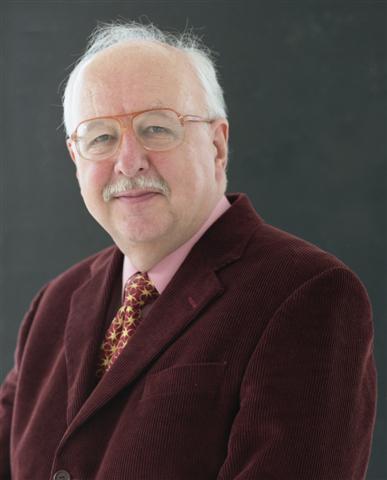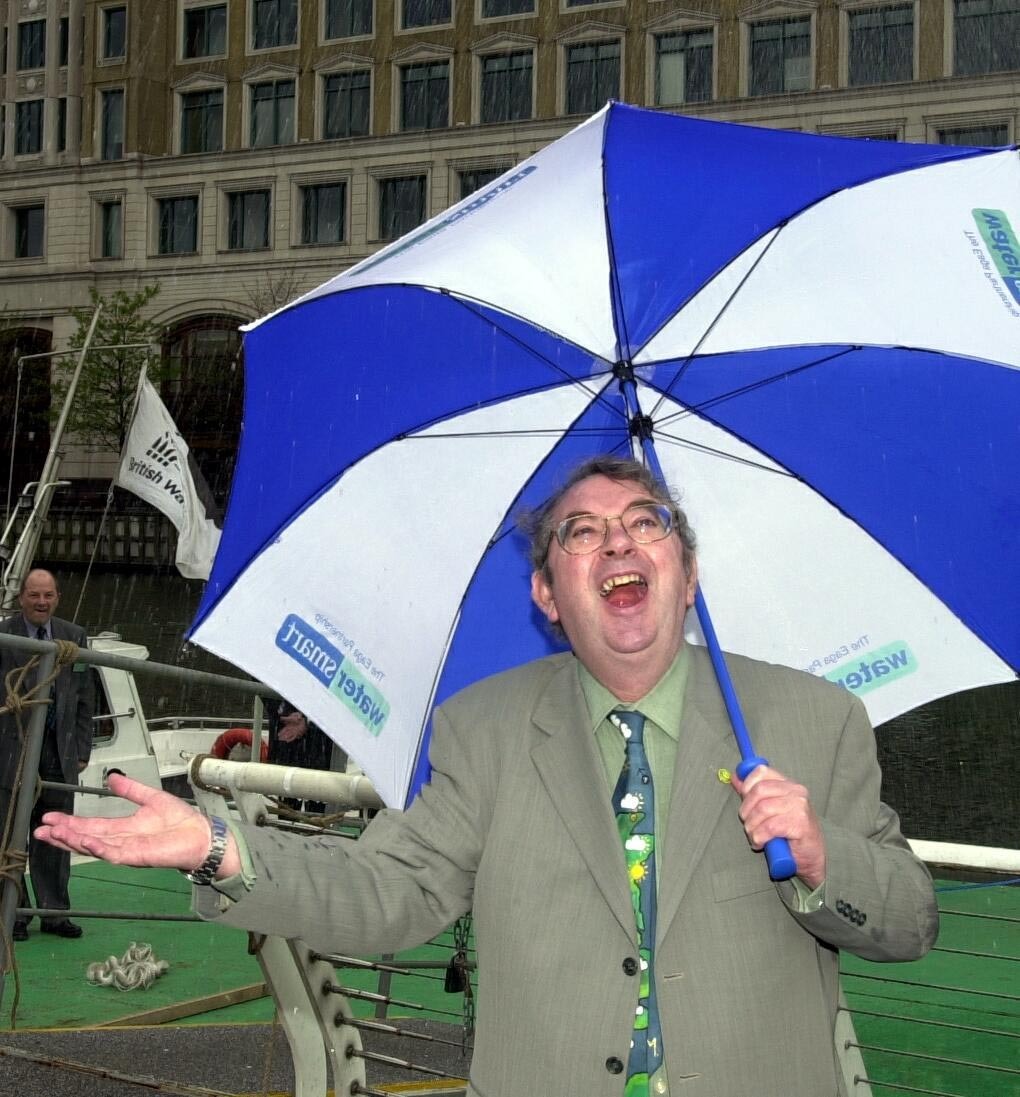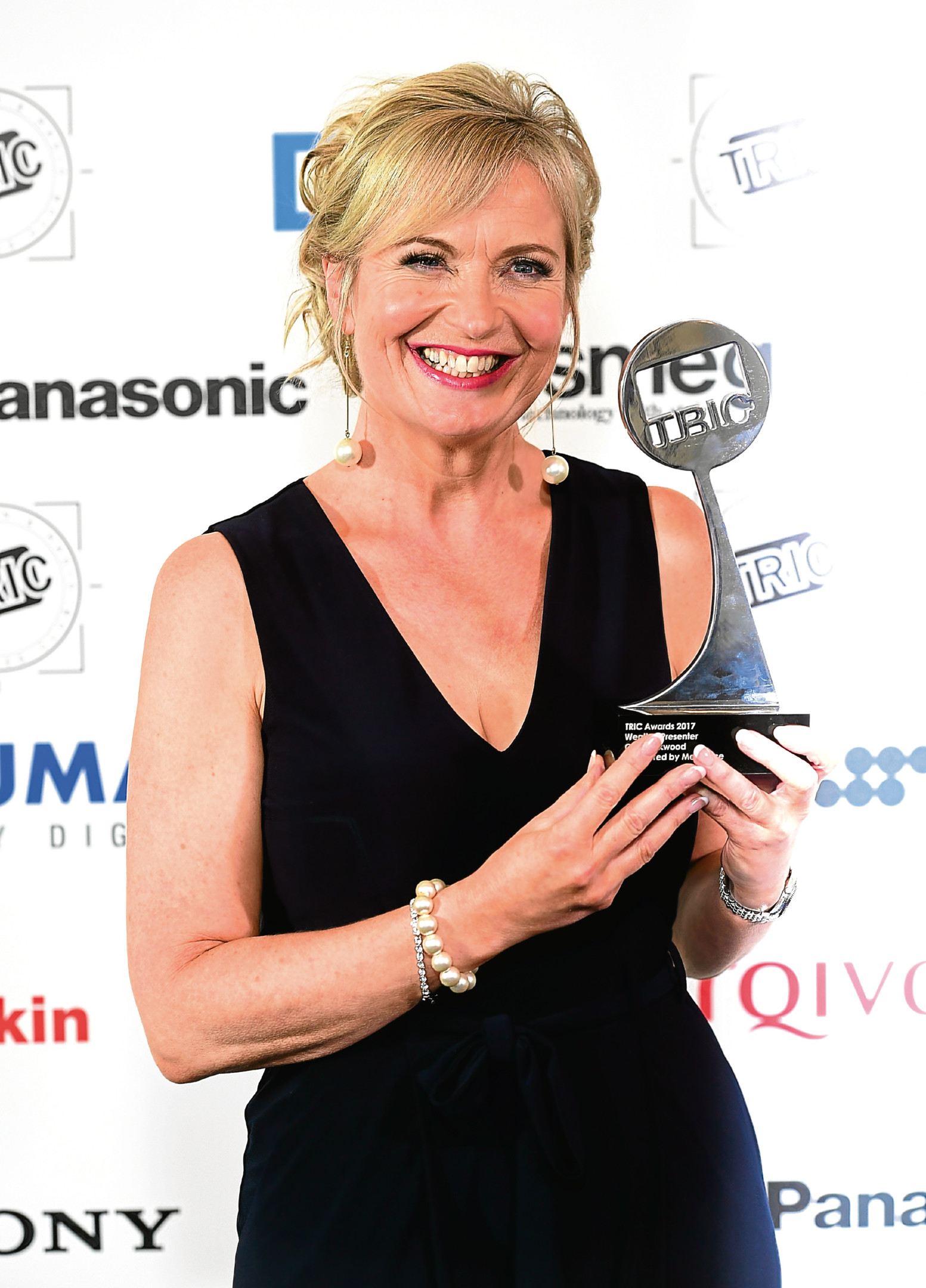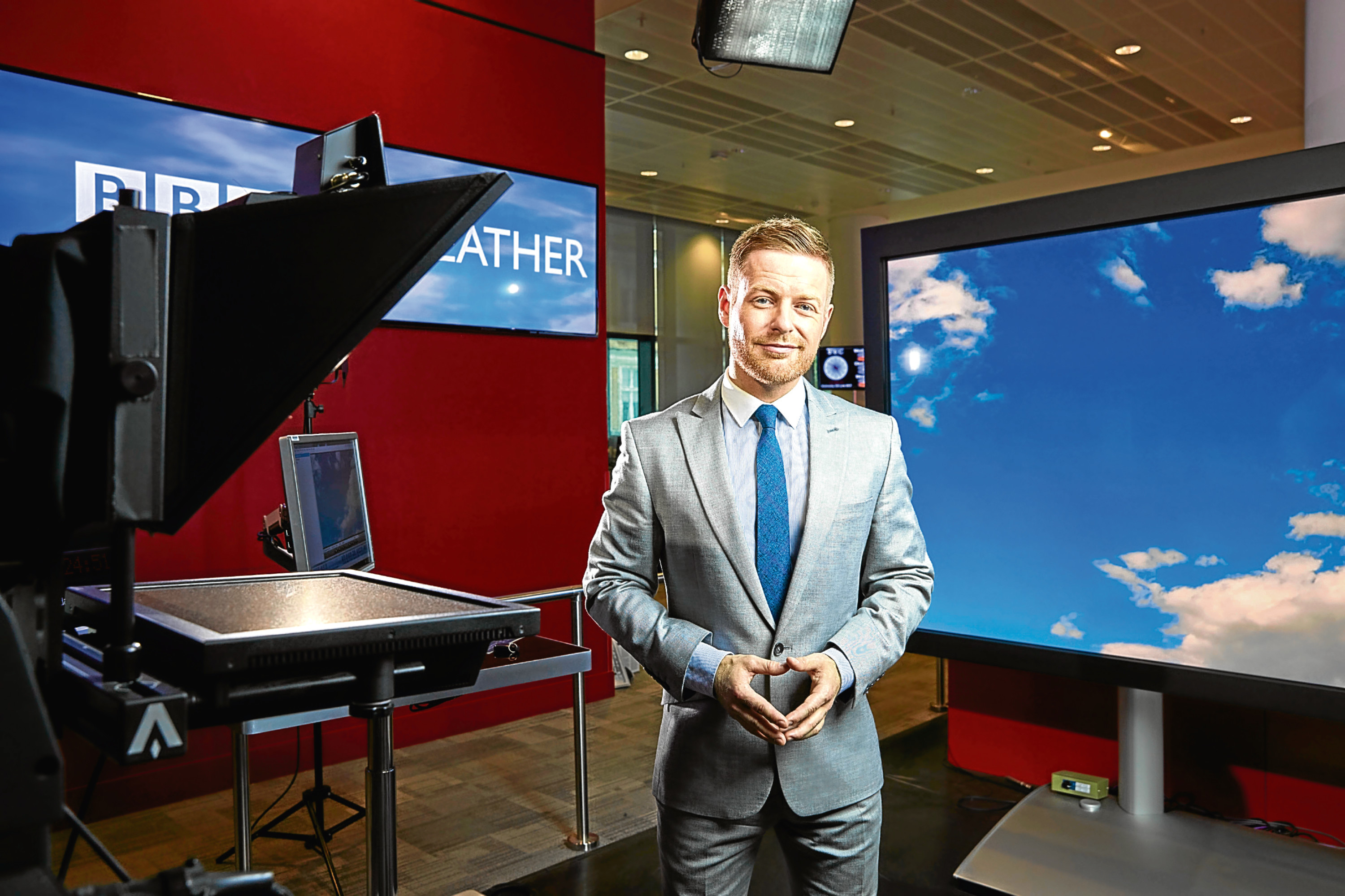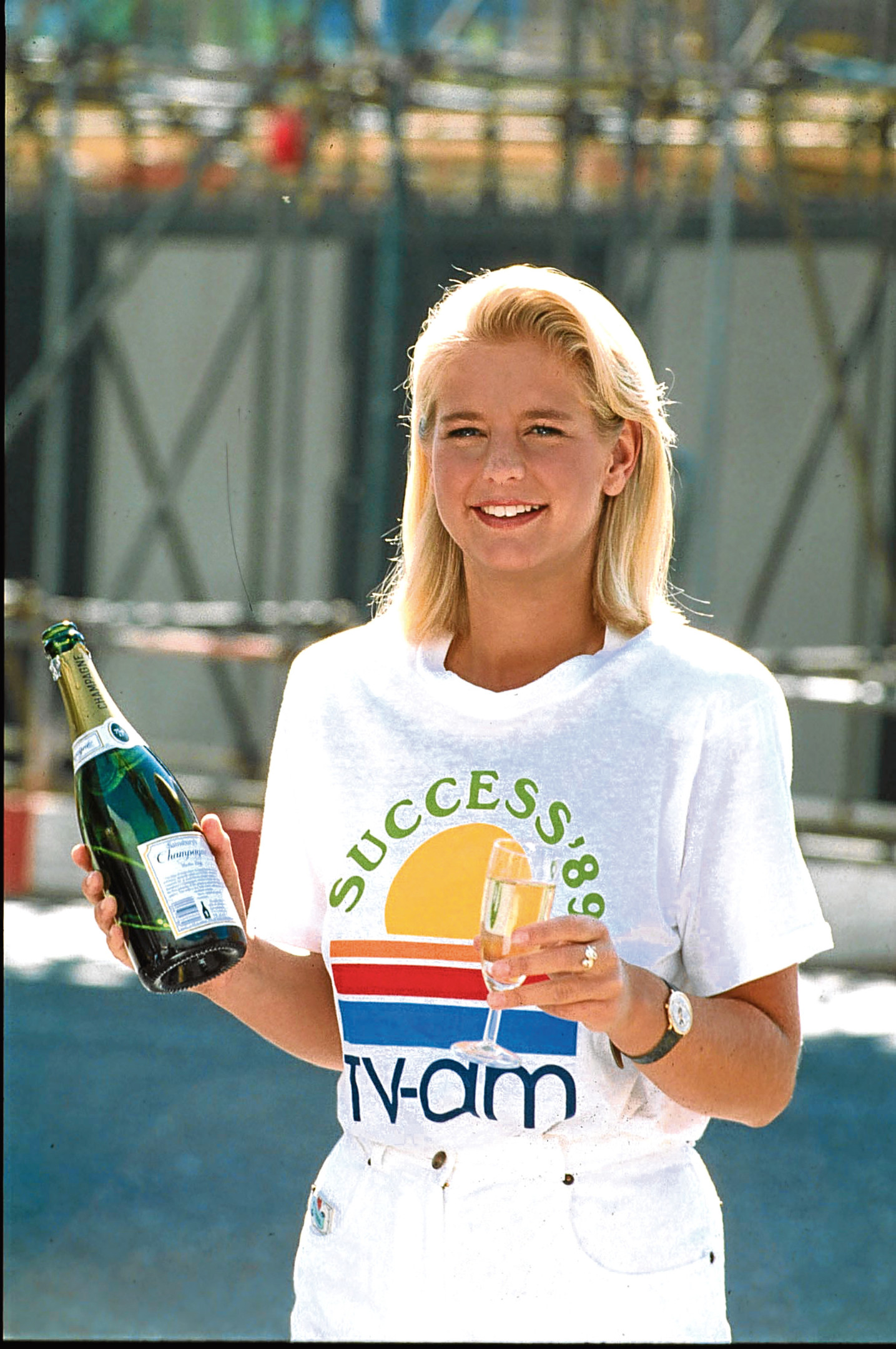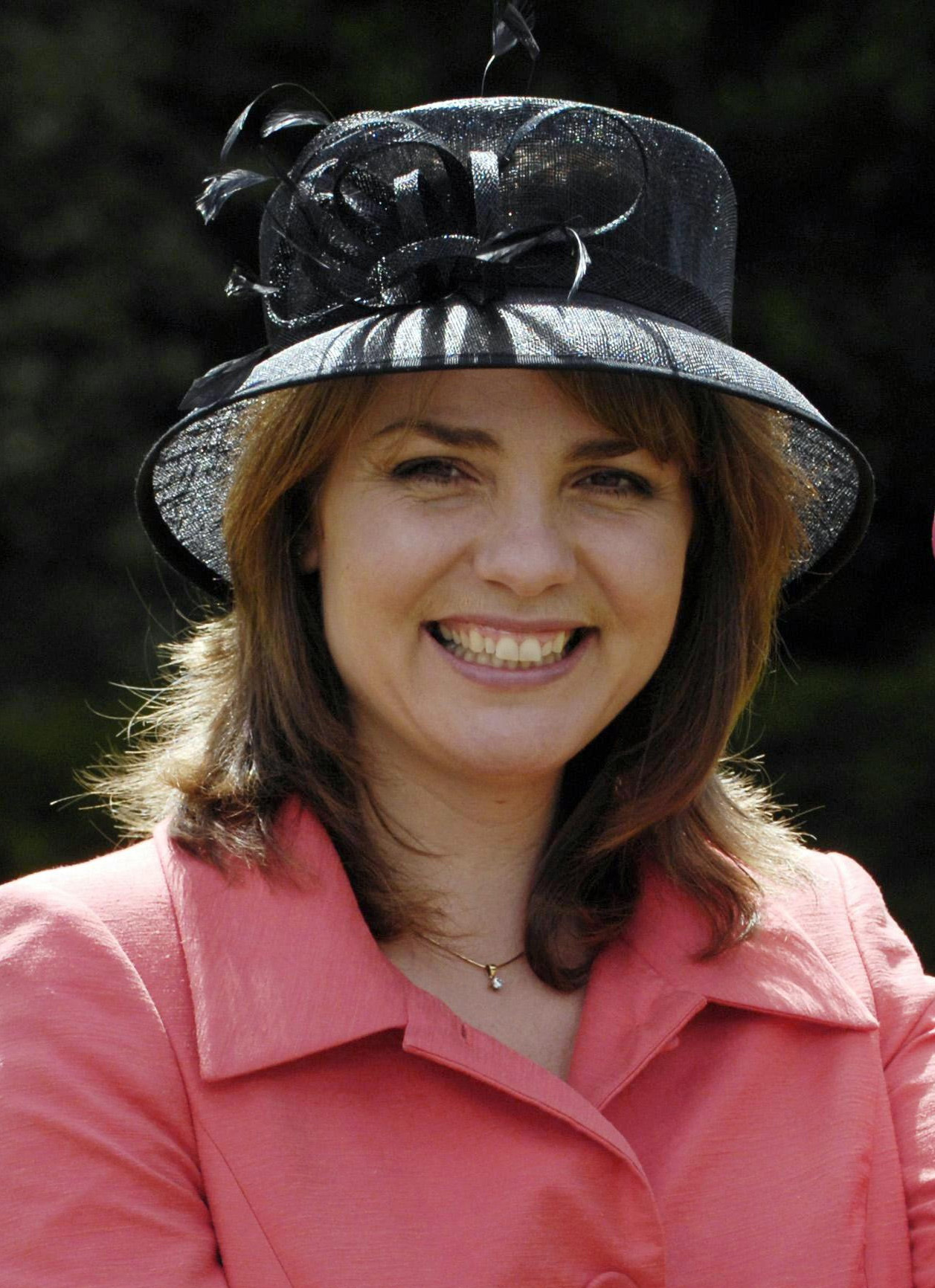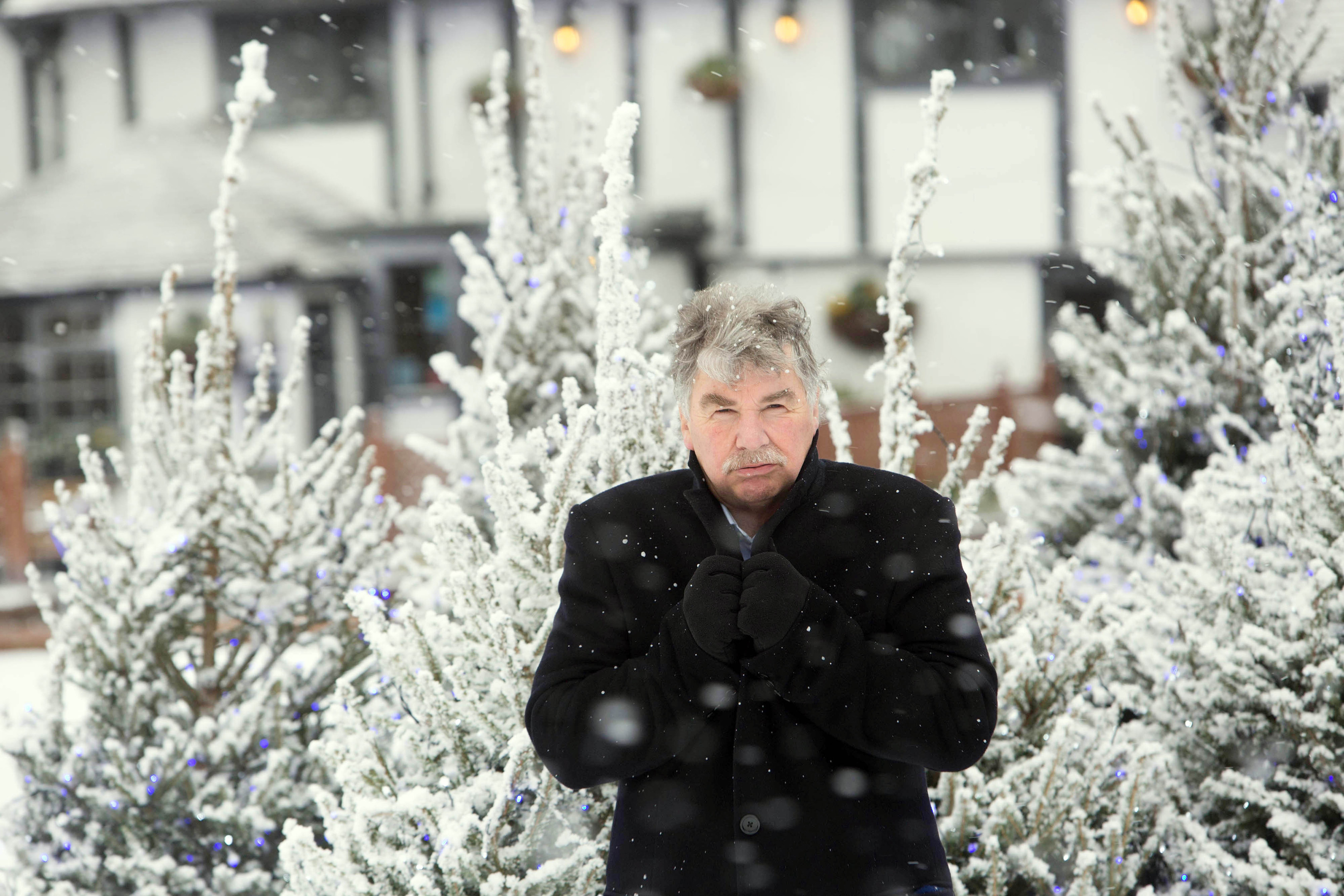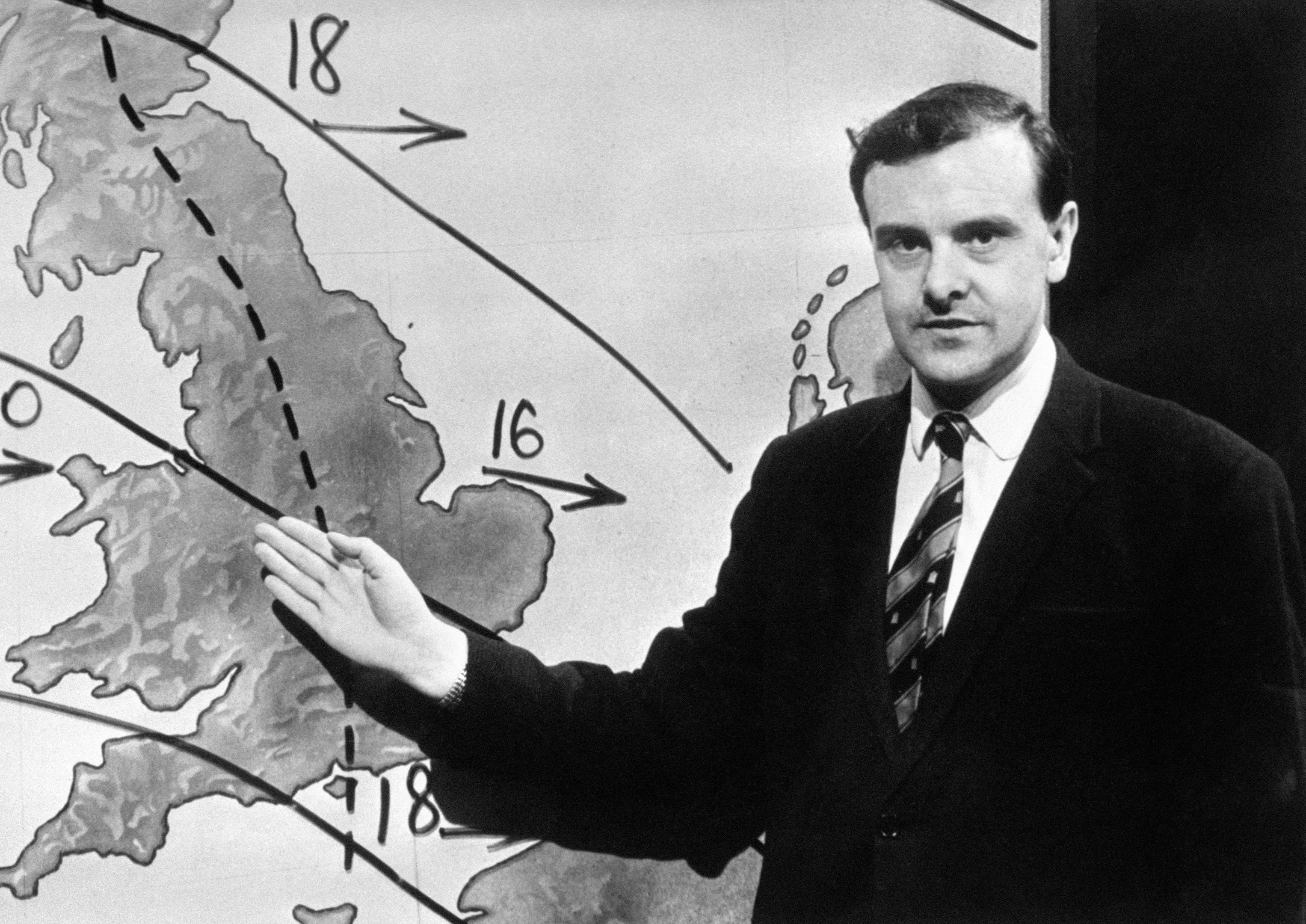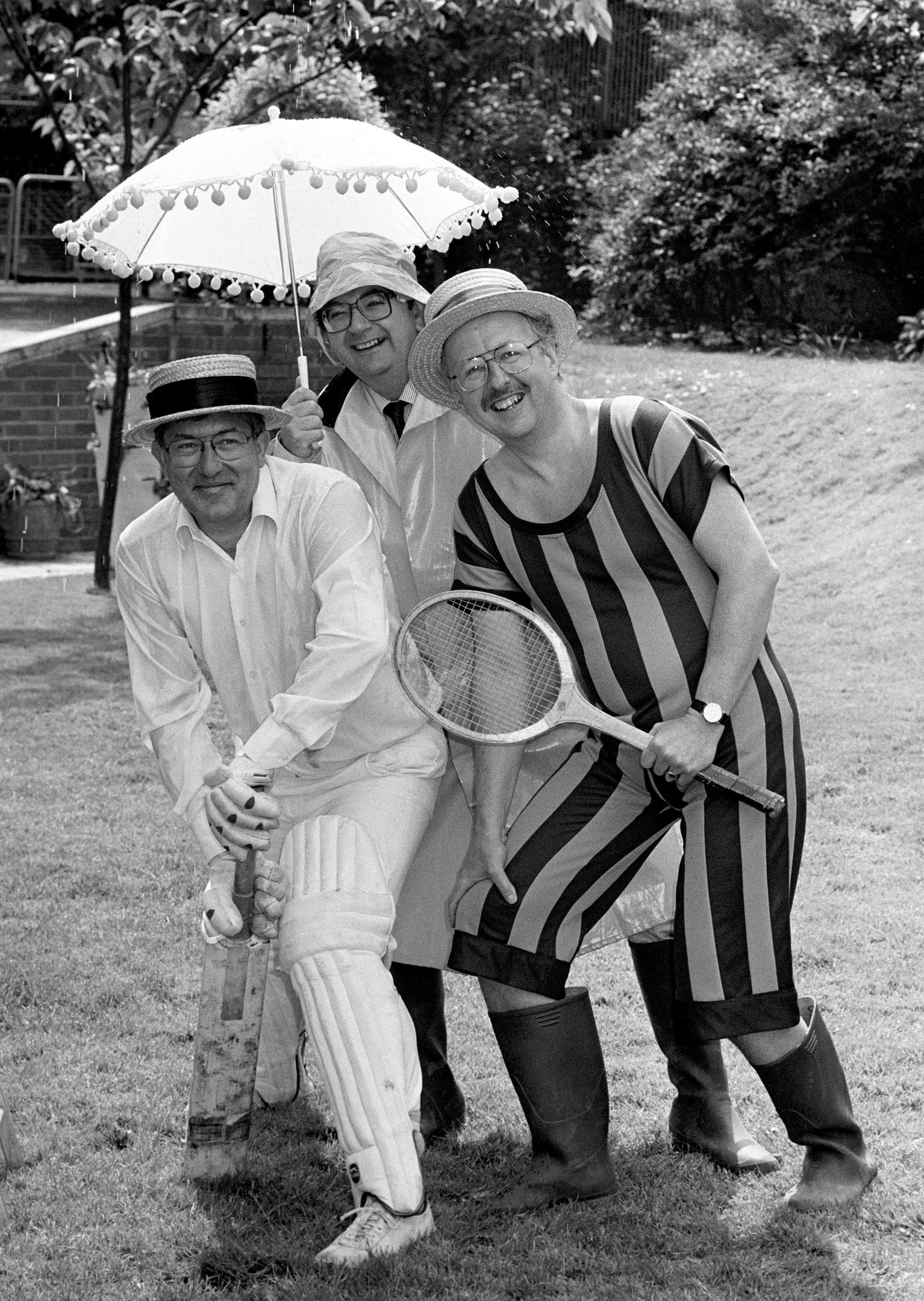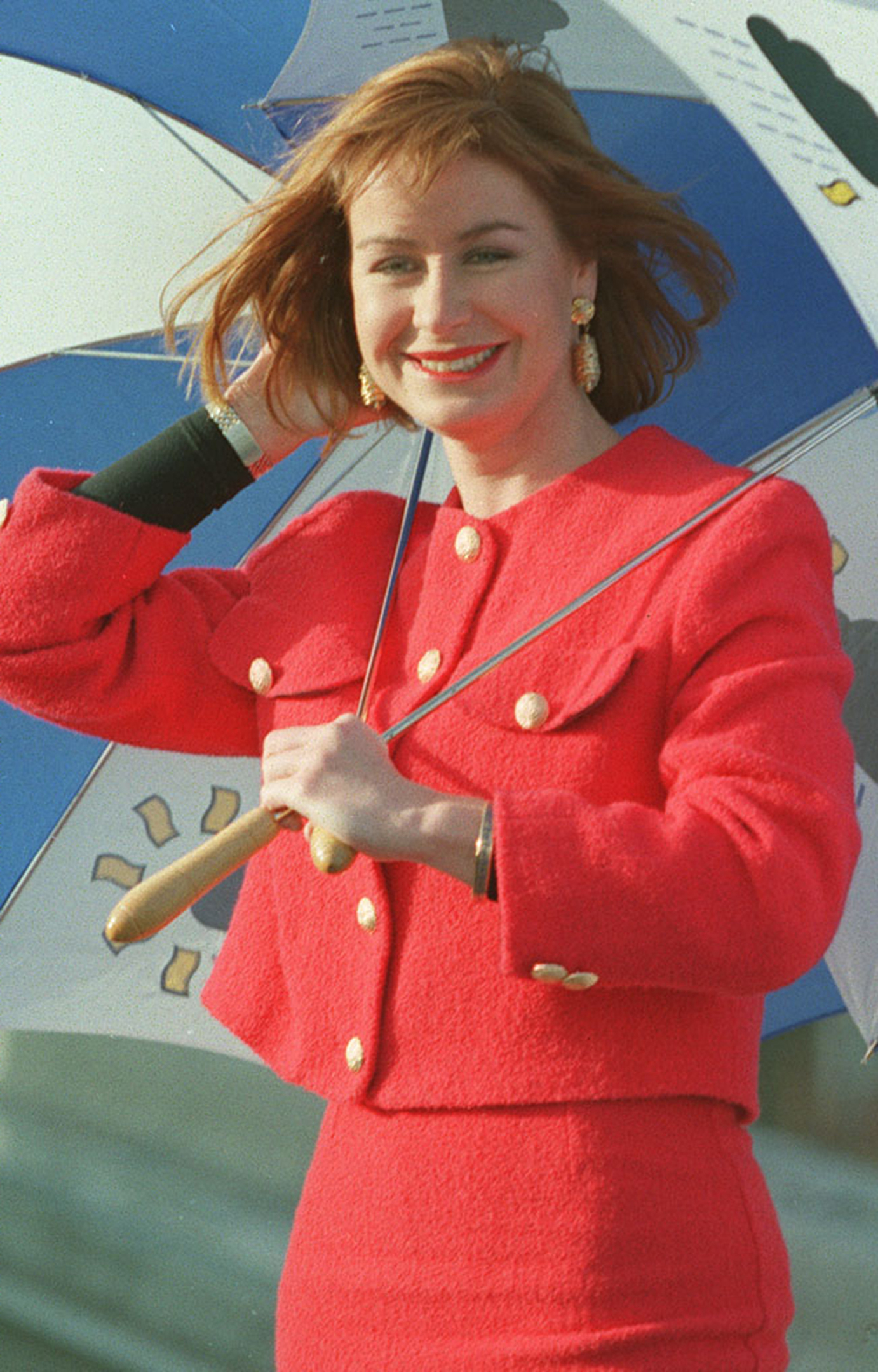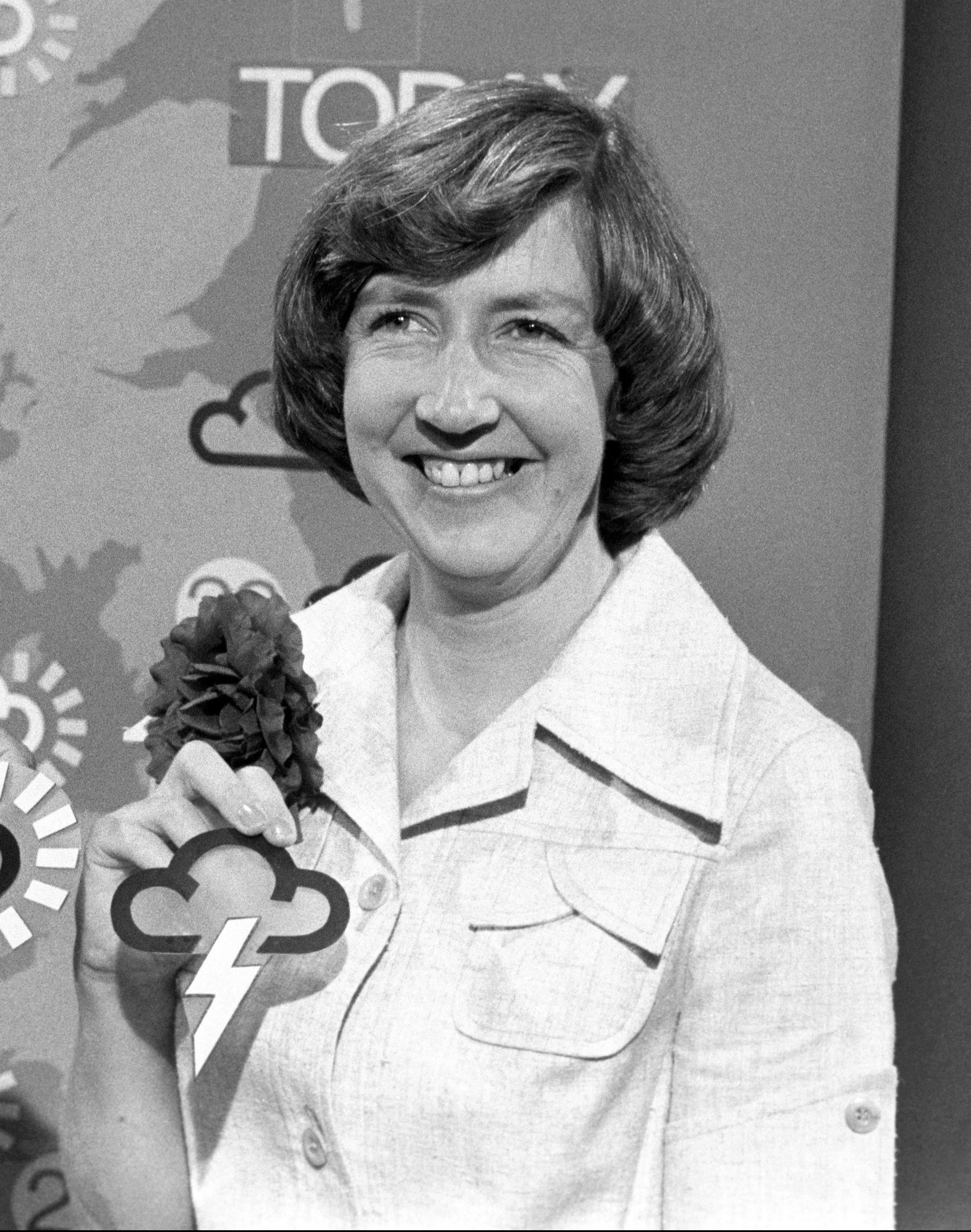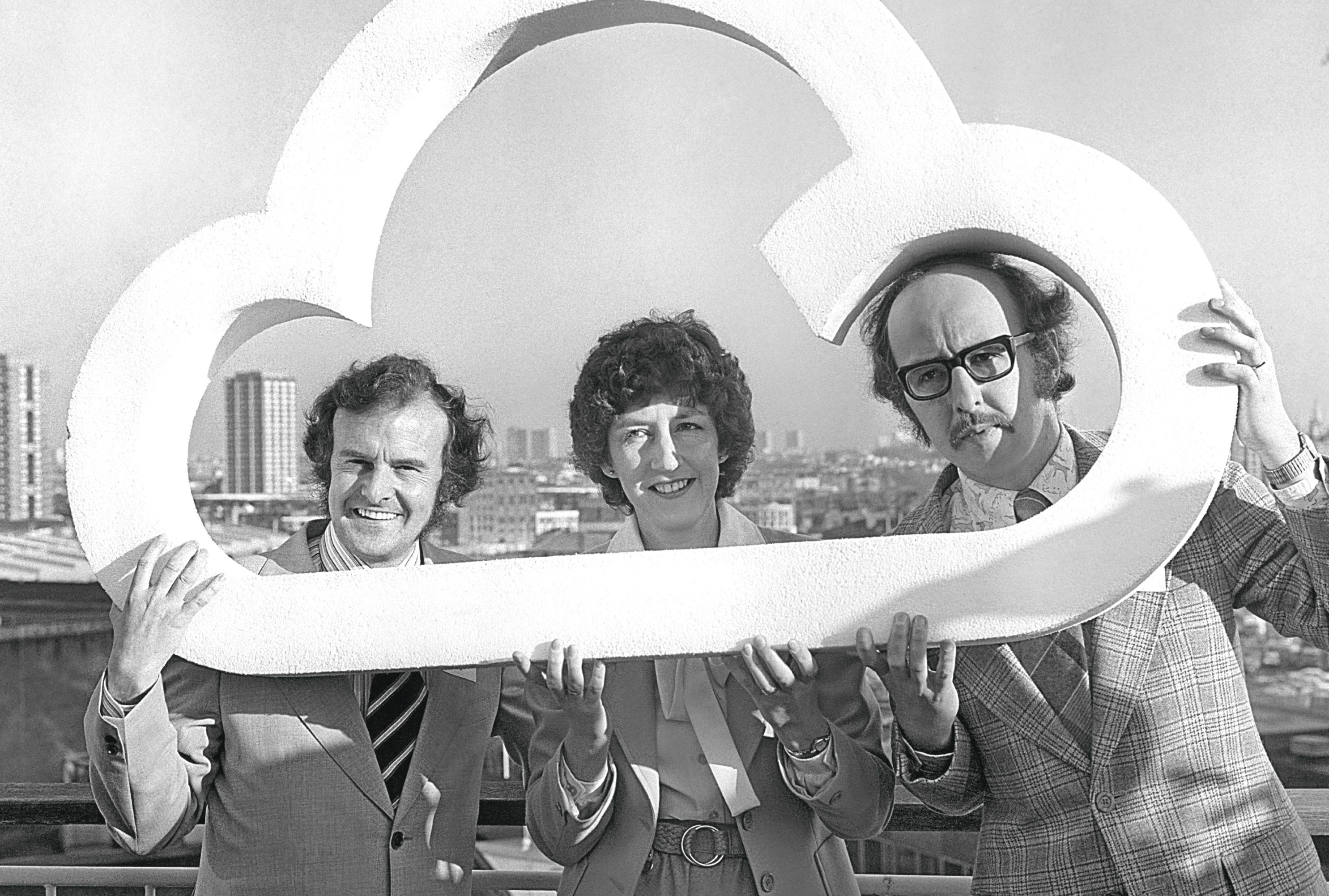
WE love them, even though we usually think they’ve got it wrong.
TV weather presenters have come a long way since sticking little clouds on a board, but has all the computer wizardry made them more accurate?
Here are our favourites!
MICHAEL FISH
October 15, 1987 is forever etched on Michael Fish’s memory.
On that day 30 years ago, he made the unfortunate mistake of not forecasting the “Great Storm”, the biggest storm to hit Britain in 300 years that killed 19 people and caused record damage.
In the lunchtime weather bulletin, he’d announced: “Earlier on today, apparently a woman rang the BBC and said she’d heard there was a hurricane on the way.
“Well, if you’re watching, don’t worry, there isn’t!”
Technically, he was right, it wasn’t a hurricane, they’re only found in the tropics, but it was a storm so strong the winds consistently topped 100mph.
But Fish’s casual tone and the fact we all trusted the Beeb’s weather folk meant people were totally unprepared as the storm savagely worked its way across the densely-populated South-East.
He had warned of high winds, but the incident led to the “Michael effect” whereby British weather forecasters became inclined to predict a worst-case scenario so as not to be caught out.
The thing was, as his colleague Ian McCaskill said: “Michael is the last of the true weathermen. He can actually interpret the skies, he can do the weather forecast the hard way whereas now most of the decisions are made by the computer.”
Fish was a British icon with his 70s specs-and-tache combo, sports jackets and bald pate fringed by a ruff of curly hair.
He was known for his often pessimistic outlook on Britain’s gloomy weather, and for his daring ties.
In fact, the public sent him hundreds over the years and he reckoned he had hundreds of fish and weather-themed ties.
Now 73, Fish left our screens in 2004 when he was compulsorily retired by the Civil Service — he was employed by the Met Office, not the Beeb. His 30 years made him the longest-serving broadcast meteorologist in Britain.
IAN McCASKILL
McCaskill said when doing National Service in the RAF he was given the choice between catering and meteorology, and that he didn’t know what meteorology was, but he knew he couldn’t cook.
Michael Fish said of the excitable Scot, who died last year aged 78: “You’d see Ian in our office going over the data as a serious civil meteorologist of the old school.
“Then he went into the studio and became a comedian and a broadcaster.”
The bespectacled weatherman’s machine-gun delivery earned him the ultimate accolade of a Spitting Image puppet.
CAROL KIRKWOOD
Another Scot, Carol was employed by the BBC before she was trained by the Met Office, becoming the main weather presenter on BBC Breakfast.
A six-time winner of Best TV Weather Presenter, the 55-year-old’s figure-hugging frocks had already made her a firm favourite with her fan base, before she appeared on last year’s Strictly, coming 10th after partnering Pasha Kovalev.
TOMASZ SCHAFERNAKER
Earlier this year the Pole was voted Britain’s favourite weather presenter.
And that’s less to do with his forecasting ability than his being prone to gaffes such as giving news presenter Simon McCoy the finger after a light-hearted remark, not knowing the camera had come back to him, offering a Christmas forecast ahead of Easter and dancing his way through part of a Countryfile forecast.
When he joined the BBC in 2001 aged 22 he was the youngest person ever to front the forecast.
ULRIKA JONSSON
The Swede was such a fan of presenting the weather that she did it for both TV-am and Swedish TV3 at the beginning of her career.
Though it was the TV-am weather gig that made her famous, most people now know her as presenter of Gladiators or as team captain on Vic and Bob’s bonkers TV show Shooting Stars.
Now 50, Ulrika admits she “fell out of love with TV” because she wasn’t being offered the right work and only recently ended a self-imposed exile by reaching the final of Celebrity MasterChef.
HEATHER ‘THE WEATHER’ REID
Nicknamed Heather The Weather, Heather Reid spent 15 years on Reporting Scotland, presenting her last bulletin in 2009.
Now working as a science education consultant, she received an OBE in 2006 for services to physics.
In perhaps an even bigger honour, her trademark ‘hello there’ introduction was once mimicked by Billy Connolly!
JOHN KETTLEY
John Kettley is a weatherman, as the novelty song by A Tribe Of Toffs goes before also informing us “and so is Michael Fish”.
The bearded Yorkshireman was a BBC mainstay from 1985-2000 when he left to join British Weather Services who provide forecasts for media outlets and sporting concerns, such as the FA and racecourses.
Now 65, the lifelong Burnley supporter regularly refers to his favourite football team in his broadcasts.
BERT FOORD
Bert was the face of BBC weather in the 60s and early 70s, having joined the Met Office as a trainee forecaster in 1947.
He disappeared from our screens in 1973 because, as a Civil Servant, he’d been promoted to be principal forecaster for RAF Strike Command.
The same thing had happened to the Beeb’s first weatherman, George Cowling, when he was promoted to Bomber Command in 1957.
Bert, who’d spent three years on the Arctic weather ships early in his career, died in 2001 aged 70.
BILL GILES
Bill led the BBC’s weather team for 17 years during the 80s and 90s, but wasn’t popular with his colleagues.
He accused Kettley and Fish of plotting to overthrow him and said McCaskill once compared him to “a prefect at a minor public school”.
Famed for his distinctive Devon burr Bill, now 77, also claimed the Met Office tried to insist a meteorologist with a first-class honours degree should go on TV without realising he had a speech impediment, and that they tried to dump unpopular staff on the Beeb.
SIAN LLOYD
The longest-serving weather woman, Sian did the ITV weather from 1990 until 2014.
Fiercely proud of her Welsh heritage, after a screen test the Cardiff University graduate was appointed to a role that had attracted 200 applicants and was twice named Best TV Weather Presenter.
BARBARA EDWARDS
A TRUE trailblazer, in 1974 Barbara became the BBC’s first female TV weather presenter.
And she’d certainly paid her dues, having joined the Met Office in 1957, editing meteorological publications before becoming a forecaster.
Now 78, Barbara quit in 1978, having become disillusioned with becoming a celebrity and the fact she attracted criticism of her dress sense which the male members of the team did not.
She says she quickly realised the TV technology of the time meant she couldn’t wear black, white, horizontal stripes or small spots and recalls: “One woman complained that someone of my age shouldn’t wear tank-tops.”

Enjoy the convenience of having The Sunday Post delivered as a digital ePaper straight to your smartphone, tablet or computer.
Subscribe for only £5.49 a month and enjoy all the benefits of the printed paper as a digital replica.
Subscribe